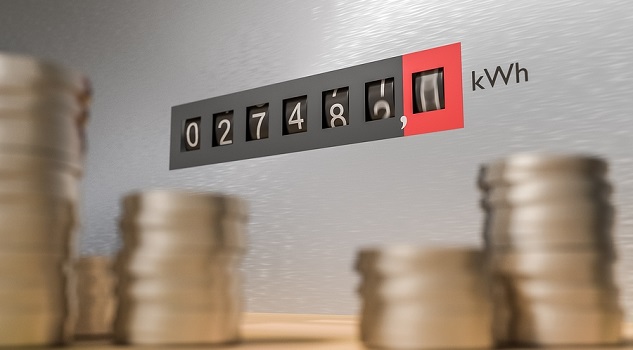The cost of energy is skyrocketing and it’s a daunting time for small-business owners with limited resources, who are already facing the pressures of inflation, higher wage bills and supply chain disruption.
Managing cashflow effectively has never been more important and these tips will help businesses thrive in this tough operating environment.
Understand energy costs and look for savings
Sharon Musker of WiseUp Energy, a consultancy that works with businesses to help them reduce their energy costs, says that often, business owners think the only thing they can do is shop around or ask their energy retailer for a better deal – but that there are more actions they can take. For example, how a business’s site or meter is classified, and the type of metering, can have a massive impact on the tariff and overall cost of energy.
“If your tariff is not optimised, businesses could be paying thousands more than necessary,” Sharon says. She also suggested that now is the time to identify possible energy-efficiency solutions, such as appliances that consume less energy or augment with on-premises solar.
Grants and allowances
While much of the support available to small businesses over the pandemic is no longer available, existing grants and allowances could also help alleviate pressure. These include:
- As part of the Business Energy Advice Program, small businesses with six to 20 employees may be eligible for a free personalised energy consultation plus access to a Small Business Energy Check tool.
- The Advancing Renewables Program provides matched funding between $100,000 and $50 million for renewable energy projects.
- Businesses in Victoria may be eligible for the Solar for Business rebate scheme, which provides small businesses with a rebate and an interest-free loan to help with the costs of installing a rooftop solar system.
Simple ways to stay cashflow positive
The likelihood of ongoing energy price increases, along with the rise in operating costs, demands disciplined cashflow management. Tactics we’ve seen small businesses use to better forecast and manage their cashflow include:
- Get paid faster: Invoice clients as early as possible, shorten payment terms if possible, ensure payment terms are clear and follow up any late payments quickly.
- Pay on a longer timeline: Negotiate longer payment terms with your suppliers where possible.
- Reduce overheads: Always consider the return on any expenditure. Check your subscriptions and cut any that are not used or paying off.
- Check your contracts and bills: Set aside an afternoon to assess contracts for possible savings that may be negotiated, check bills for any anomalies or errors, and start planning now for the inclusions you would like in new contracts that will start over the next 12 months – this includes energy contracts.
- Consider opportunity cost: Weigh up the benefits of bulk stock orders against the cashflow impact of having stock on hand over lengthy periods.
- Track cashflow in real time: If keeping track of revenue and expenses is proving tricky, consider hiring an accountant to set up systems to help.
- Forecast for different scenarios: Revisit your cashflow forecast regularly – it’s not set and forget. Using a cashflow forecast calculator helps you decide whether your business can invest in a new product or service, or needs to set aside a portion of revenue for an upcoming quiet period or large expense.
- Adopt tools to ride the ups and downs: Consider whether your business needs access to a cash reserve to fall back on, such as a line of credit. A business line of credit provides cash when it’s needed across a set term, and interest is generally only charged on the funds you use, while you use it.














